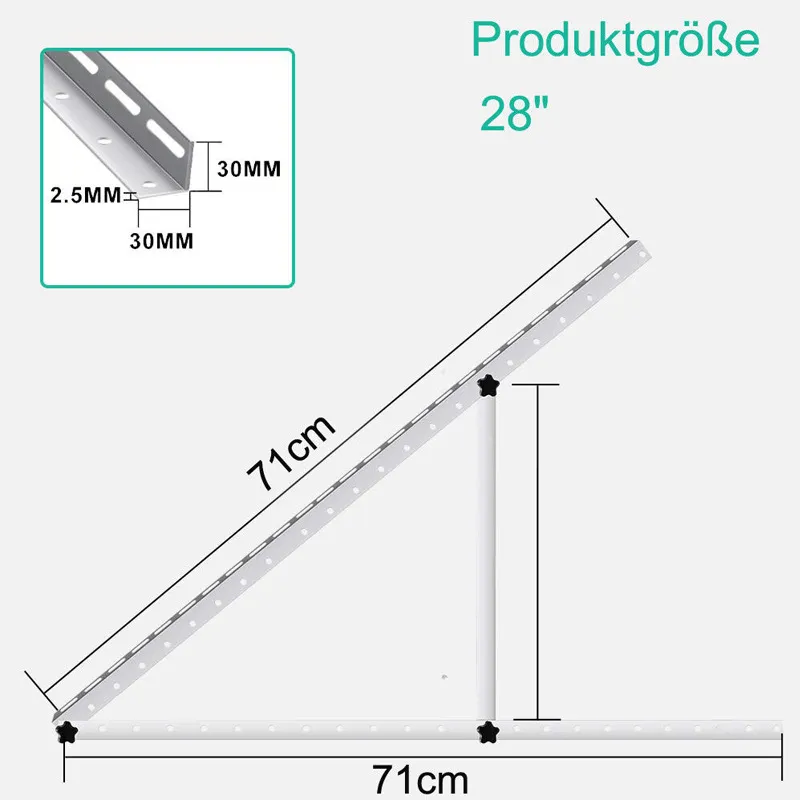

stud bolt and machine bolt
Oct . 19, 2024 23:37 Back to list
stud bolt and machine bolt
Understanding Stud Bolts and Machine Bolts Key Components in Mechanical Engineering
In the world of mechanical engineering, fastening materials is as crucial as the design and durability of the components themselves. Among the various types of fasteners available, stud bolts and machine bolts stand out due to their specific applications and advantages. Understanding these two types of bolts is essential for engineers, manufacturers, and anyone involved in maintenance and production processes.
What is a Stud Bolt?
A stud bolt is an elongated fastener with threads on both ends, designed for a variety of applications where strength and reliability are paramount. Stud bolts often have a portion in the middle that is smooth or unthreaded, allowing for a snug fit into the components they connect. Typically, these bolts are used in high-pressure and high-temperature environments, such as in the oil and gas industry or in power generation plants.
Stud bolts are favored for their ability to be tightened using nuts on either end, which helps to distribute the load evenly across the joint. This makes them particularly effective for applications that face considerable tensile forces. The length of a stud bolt can vary depending on the application, giving engineers the flexibility to choose the right size for their needs.
The Role of Machine Bolts
Machine bolts, on the other hand, are slightly different in their structure and application. Unlike stud bolts, machine bolts come with a head and are usually used in conjunction with a nut. They feature a threaded shaft that allows them to be tightened directly into a tapped hole or secured with a nut and washer. Machine bolts are commonly found in various machinery and structural applications, including automotive assemblies and industrial equipment.
stud bolt and machine bolt

These bolts can be categorized into several types based on their head styles, such as hex head, square head, or socket head, each of which serves different functional and aesthetic purposes. Machine bolts are designed to resist shear forces, making them ideal for load-bearing tasks.
Key Differences
While both stud bolts and machine bolts are vital in fastening applications, their key differences lie in their designs and uses. Stud bolts are typically used when a joint requires higher loading capacities and resistance to axial forces, while machine bolts are more versatile for general-purpose fastening. The design of a stud bolt facilitates easier assembly when space is limited, as the threaded ends allow for adjustment with nuts. In contrast, machine bolts are often employed where a headed bolt can be easily accessible.
Material and Coating Considerations
When selecting bolts for specific applications, material and surface coatings are essential considerations. Stud bolts are commonly manufactured from high-strength steel, stainless steel, or alloys to withstand harsh conditions, while machine bolts may also be made from similar materials. Additionally, various coatings, such as zinc plating or black oxide, can provide protection against corrosion, which is especially valuable in outdoor or marine environments.
Conclusion
In summary, stud bolts and machine bolts are fundamental elements in the realm of fasteners, each tailored for specific applications and environments. Their unique designs allow them to perform effectively under various conditions, ensuring the integrity of mechanical systems. Understanding the distinctions between these two types of bolts is crucial for engineers and manufacturers aiming to optimize their designs for strength and reliability. As technology continues to evolve, the importance of selecting the right fasteners remains critical in achieving successful engineering outcomes.
Latest news
-
Hot Dip Galvanized Bolts-About LongZe|High Strength, Corrosion Resistance
NewsJul.30,2025
-
High-Strength Hot Dip Galvanized Bolts - Hebei Longze | Corrosion Resistance, Customization
NewsJul.30,2025
-
Hot Dip Galvanized Bolts-Hebei Longze|Corrosion Resistance&High Strength
NewsJul.30,2025
-
High-Strength Hot-Dip Galvanized Bolts-Hebei Longze|Corrosion Resistance&High Strength
NewsJul.30,2025
-
Hot Dip Galvanized Bolts-Hebei Longze|Corrosion Resistance&High Strength
NewsJul.30,2025
-
Hot Dip Galvanized Bolts - Hebei Longze | Corrosion Resistance, High Strength
NewsJul.30,2025

